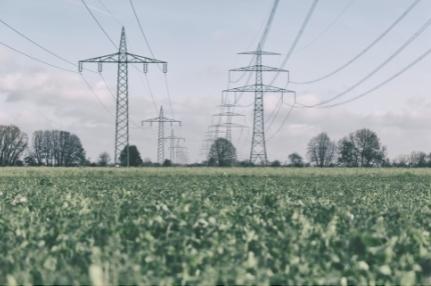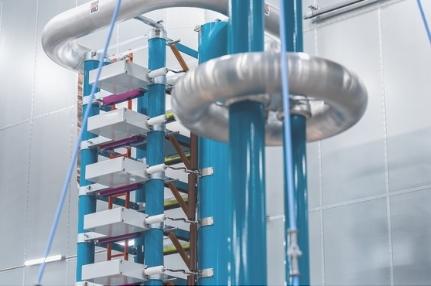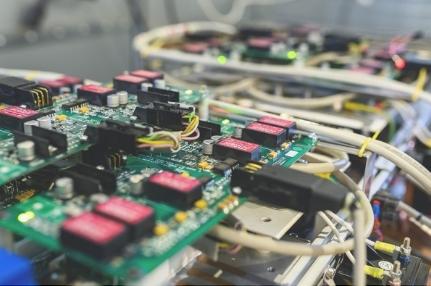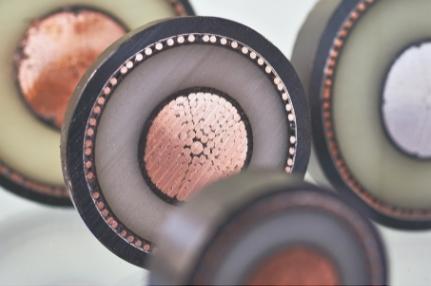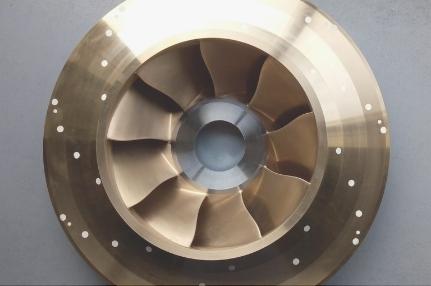Research & Collaboration
What makes us unique?
SuperGrid Institute owes its success to the people who make up our various research departments. Our teams come from diverse backgrounds in industry and academia, and their wealth of experience and skills make the Institute unique. Each individual brings specific expertise to the table.
This melting pot of knowledge offers opportunities for specialists from different fields to collaborate on new and innovative solutions to technical problems.
The Institute also benefits from close collaborative relationships with industry and academic institutions. The complementary strengths of our partners provide insights and innovative approaches to technical challenges. At the same time, we retain total independence in our research. Public-private investments and collaborative projects finance our work.
SuperGrid Institute’s state-of-the-art research facilities, test platforms and laboratories at the Villeurbanne and Grenoble sites are key to the success of our five research departments.
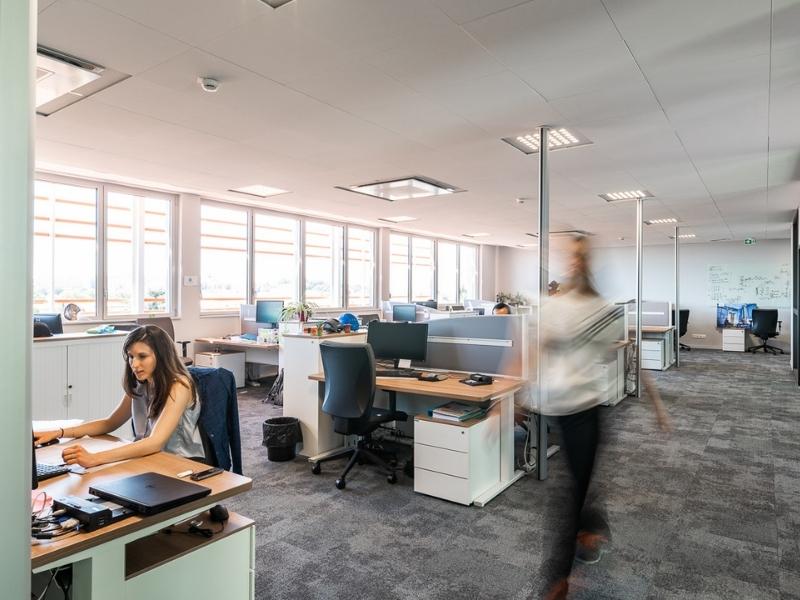
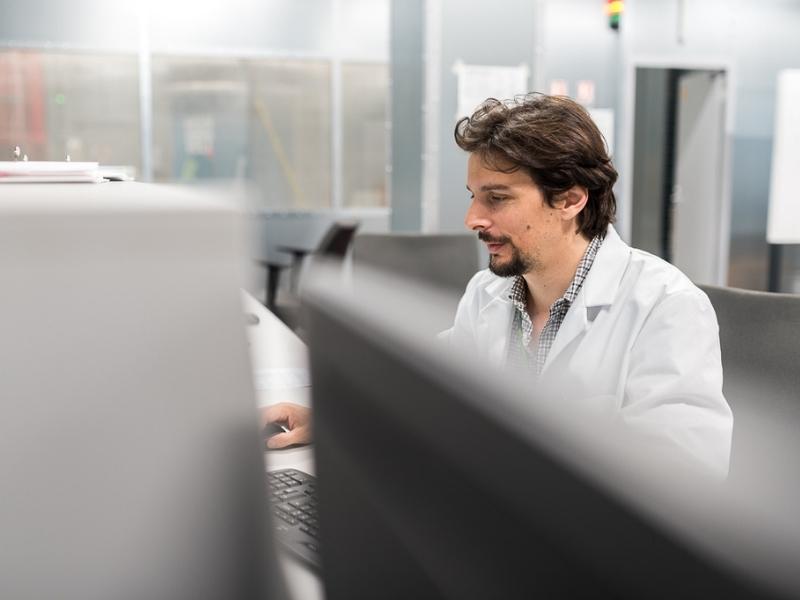
Latest scientific publications
Arm equivalent circuit based and average arm model of a DC MMC branch including distributed energy storage submodules to integrate energy storage in HVDC system
This paper focuses on modular multilevel converter (MMC) with distributed energy storage modules directly connected to MMC modules (ES-SMs).
CO2 Footprint of DC Solid State Transformer for Linear PV Power Plant
A comparison of the carbon footprint of a DC SST designed for a Linear PV Power Plant with MVDC collection network.
Influence of the Mission Profile on the Selection of the Leakage Inductance for Dual Active Bridge Converter
The Dual Active Bridge (DAB) is a promising topology to be used in Medium Voltage DC (MVDC) networks.


